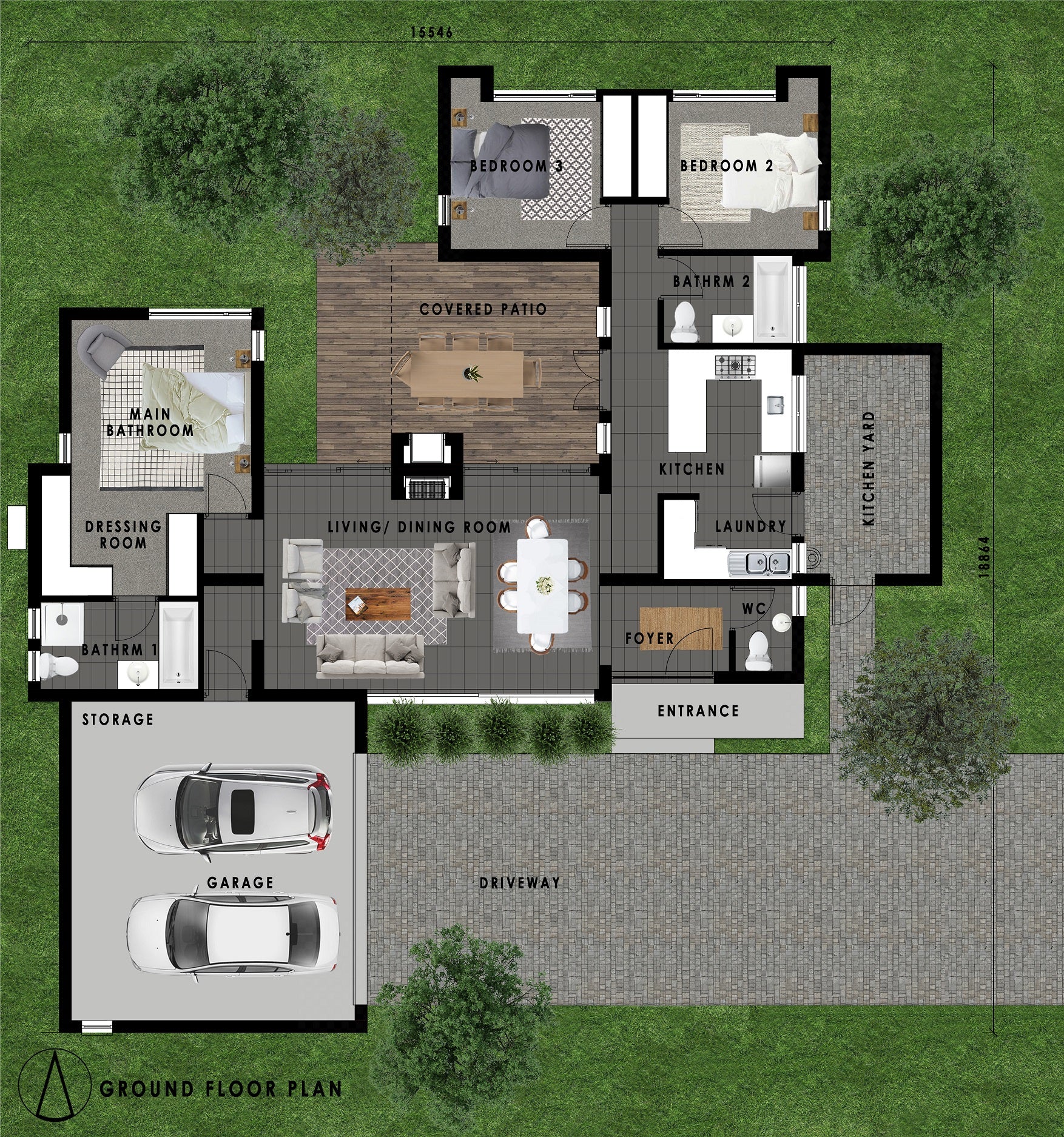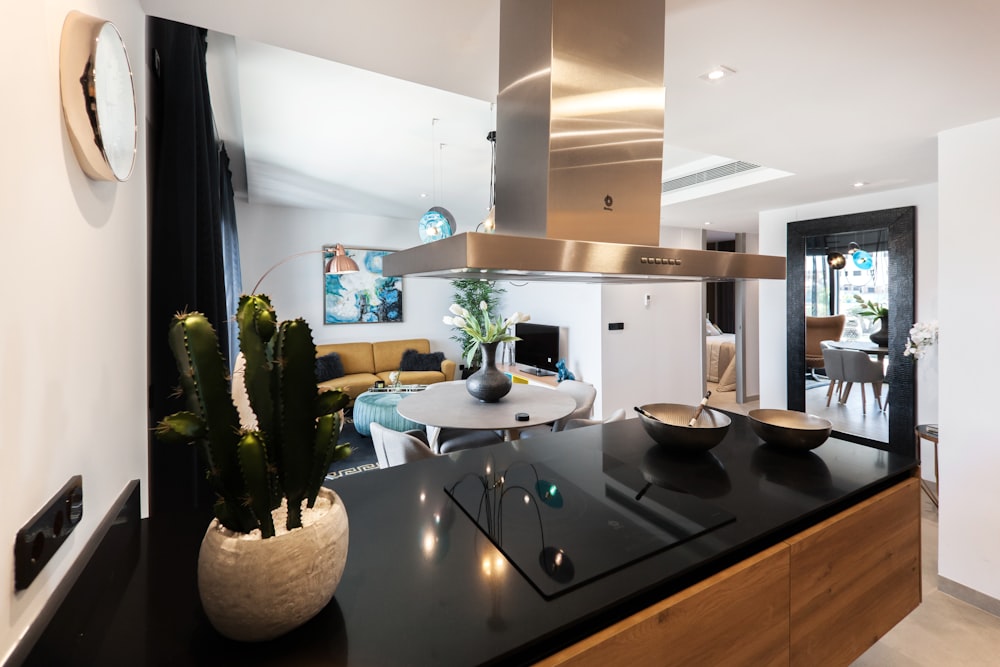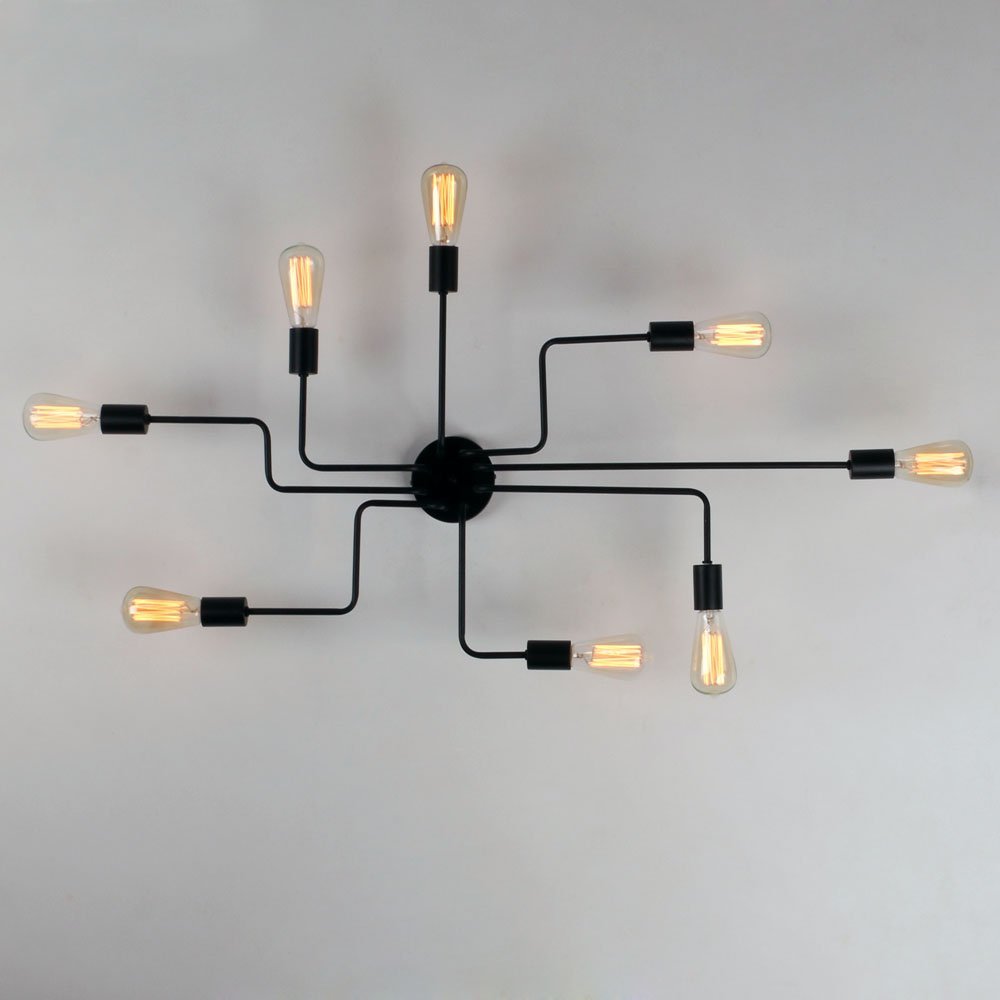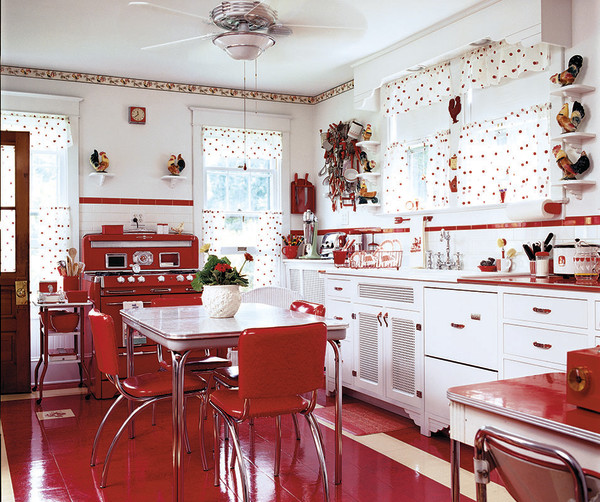Finding the Right Online Workout for You
The world of online fitness is vast, offering everything from yoga and Pilates to high-intensity interval training (HIIT) and strength training. The key is finding a program that aligns with your fitness level, goals, and preferences. Consider your current fitness level – are you a beginner, intermediate, or advanced exerciser? Do you prefer structured programs with specific workout plans, or do you prefer more flexibility and the ability to mix and match different workouts? Think about what type of exercise you enjoy. If you hate running, don’t force yourself into a running-based program. Explore different platforms and try free trials or introductory videos to get a feel for different instructors and workout styles before committing to a paid subscription.
The Benefits of Online Workouts: Convenience and Accessibility
One of the biggest advantages of online workouts is their unparalleled convenience. No more rushing to the gym after work or battling for equipment. You can work out anytime, anywhere, as long as you have an internet connection and a little space. This flexibility is especially beneficial for busy individuals, parents, or people with mobility limitations. Online workouts also offer incredible accessibility. Many platforms cater to diverse needs and fitness levels, providing modifications for beginners and challenges for advanced exercisers. You can find workouts tailored to specific goals, whether you’re aiming to lose weight, build muscle, improve flexibility, or simply boost your overall fitness.
Choosing the Right Online Fitness Platform
There are countless online fitness platforms available, each with its own unique offerings. Some popular options include platforms offering structured programs with personalized plans, while others provide a library of on-demand workouts that you can choose from. When choosing a platform, look for high-quality video and audio, clear instructions, and a variety of workout options. Read reviews from other users to gauge the platform’s effectiveness and customer service. Consider whether you prefer live classes, pre-recorded videos, or a combination of both. Some platforms also offer additional features, such as progress tracking, nutrition plans, and community support, which can be valuable additions to your fitness journey.
Essential Equipment for Effective Online Workouts
While many online workouts require minimal equipment, having a few key items can significantly enhance your experience. A yoga mat is essential for floor-based exercises, protecting your joints and providing cushioning. Resistance bands are a versatile tool for adding resistance to various exercises, particularly useful for strength training. Dumbbells or kettlebells can provide more intense strength training, though you can adapt many workouts to use bodyweight alone. Investing in a heart rate monitor can help you track your intensity and ensure you’re working within your target heart rate zone. Remember, though, you don’t need a home gym to get a great workout. Start with the basics and gradually add equipment as your fitness journey progresses.
Setting Realistic Goals and Tracking Your Progress
The most effective online workout programs are those that help you create and maintain healthy habits. Avoid setting unrealistic goals, which can lead
















































:strip_icc()/renovated-neutral-colored-living-room-2f194807-3856ba1a2ea04e269ea42e93021fda64.jpg)


 Your daily dose of Health tips to lead a wholesome life-style, Nutrition info, Fitness regime, Relationship goals, Wellness recommendation and Pure Treatments. The antioxidant properties of vitamin C change into extra vital as getting old occurs, especially if there may be stress or illness. Unfortunately, in immediately’s world we are getting either too little of each kinds if we eat a lot of junk food, or too little of the omega-3s if we eat the standard Western weight loss plan.
Your daily dose of Health tips to lead a wholesome life-style, Nutrition info, Fitness regime, Relationship goals, Wellness recommendation and Pure Treatments. The antioxidant properties of vitamin C change into extra vital as getting old occurs, especially if there may be stress or illness. Unfortunately, in immediately’s world we are getting either too little of each kinds if we eat a lot of junk food, or too little of the omega-3s if we eat the standard Western weight loss plan. Discover trusted recipes for eating healthy: start the day with a wholesome breakfast, minimize the carbs or energy, discover the right fundamental dish to your special eating regimen. Not only is dark chocolate the most delicious food on this listing, however it may even be the healthiest. This can be very tasty and crunchy, and loaded with nutrients like fiber and vitamin Ok. Carrots are additionally very high in carotene antioxidants, which have quite a few benefits.
Discover trusted recipes for eating healthy: start the day with a wholesome breakfast, minimize the carbs or energy, discover the right fundamental dish to your special eating regimen. Not only is dark chocolate the most delicious food on this listing, however it may even be the healthiest. This can be very tasty and crunchy, and loaded with nutrients like fiber and vitamin Ok. Carrots are additionally very high in carotene antioxidants, which have quite a few benefits. In the event you’re all in favour of taking good care of yourself, Health can assist. For the days if you end up adding meals again into your eating regimen, take a look at at the very least three totally different meals each day, and give yourself three-4 hours to experience every one’s effects. However a growing body of analysis indicates we do not get sufficient from our foods for optimum protection in opposition to disease.
In the event you’re all in favour of taking good care of yourself, Health can assist. For the days if you end up adding meals again into your eating regimen, take a look at at the very least three totally different meals each day, and give yourself three-4 hours to experience every one’s effects. However a growing body of analysis indicates we do not get sufficient from our foods for optimum protection in opposition to disease. Health meals is meals marketed to supply human health results past a traditional nutritious diet required for human nutrition.Foods marketed as well being meals may be part of one or more categories, akin to pure foods, organic meals, whole meals, vegetarian foods or dietary dietary supplements. Researchers at the moment are attempting to type out whether the promising smaller trials and observational studies on cocoa and heart well being translate into fewer medical events like heart attacks by a serious randomized managed trial known as COSMOS, run by researchers at Brigham and Girls’s Hospital, an affiliate of Harvard Medical Faculty, and the Fred Hutchinson Most cancers Analysis Heart in Seattle.
Health meals is meals marketed to supply human health results past a traditional nutritious diet required for human nutrition.Foods marketed as well being meals may be part of one or more categories, akin to pure foods, organic meals, whole meals, vegetarian foods or dietary dietary supplements. Researchers at the moment are attempting to type out whether the promising smaller trials and observational studies on cocoa and heart well being translate into fewer medical events like heart attacks by a serious randomized managed trial known as COSMOS, run by researchers at Brigham and Girls’s Hospital, an affiliate of Harvard Medical Faculty, and the Fred Hutchinson Most cancers Analysis Heart in Seattle.